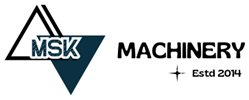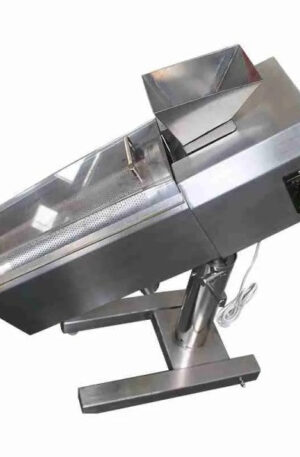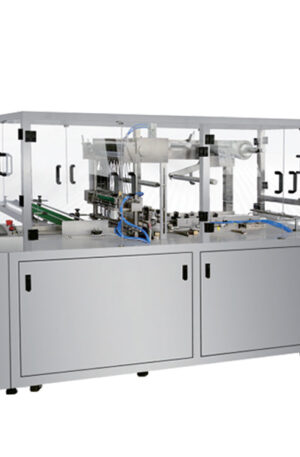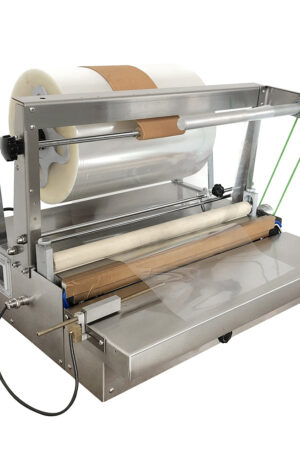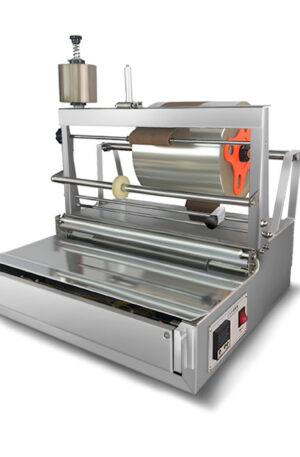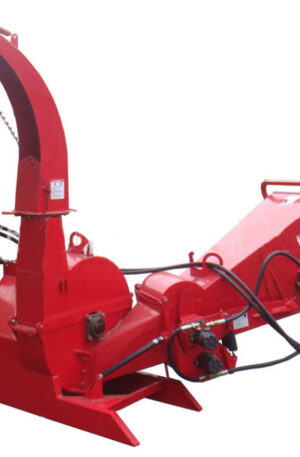Title: The Evolution of Pharmaceutical Machinery: A Comprehensive Overview
Pharmaceutical machinery plays a crucial role in the production processes of medication and supplements. Over the years, advancements in technology have revolutionized the design and functionality of these machines, resulting in more efficient and precise manufacturing processes. In this article, we will delve into the evolution of pharmaceutical machinery, focusing on key devices such as table press machines, capsule filling machines, and the revolutionary TDP (Tablet Press) and THDP (High-Speed Tablet Press) models.
Table press machines have been a staple in pharmaceutical manufacturing for decades. These machines are designed to compress powdered ingredients into solid tablets of uniform size and shape. Early table press machines were operated manually, requiring significant human effort and often resulting in variations in tablet quality. However, with technological advancements, modern table press machines are now automated, utilizing programmable settings to ensure consistent tablet production with minimal human intervention.
Similarly, capsule filling machines have also undergone significant transformations. These machines are used to fill empty capsules with powdered or liquid medication. Early capsule filling machines were relatively slow and inefficient, limiting the production capacity of pharmaceutical manufacturers. Today, advanced capsule filling machines can fill thousands of capsules per hour, increasing productivity and reducing production costs. These modern machines are equipped with precision dosing systems to ensure accurate filling and can be easily adjusted to accommodate different capsule sizes and formulations.
One of the most groundbreaking developments in pharmaceutical machinery is the introduction of the TDP and THDP models. TDP machines, also known as Desktop Tablet Presses, are compact and versatile machines that are ideal for small-scale production. These machines offer precise control over the tablet compression process and can produce high-quality tablets with minimal waste. On the other hand, THDP machines are high-speed tablet presses designed for large-scale manufacturing. These machines can produce thousands of tablets per minute, significantly increasing production output and efficiency.
In conclusion, the evolution of pharmaceutical machinery has transformed the way medications and supplements are produced. From manual labor to automated processes, from slow production speeds to high-speed manufacturing, the advancements in technology have revolutionized pharmaceutical machinery. Table press machines, capsule filling machines, and the innovative TDP and THDP models are just a few examples of the progress made in this field. As technology continues to advance, we can expect further innovations in pharmaceutical machinery, leading to more efficient and cost-effective production processes in the pharmaceutical industry.
